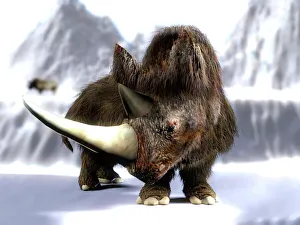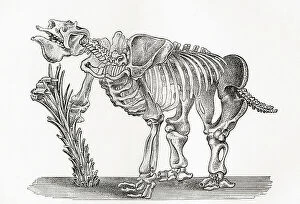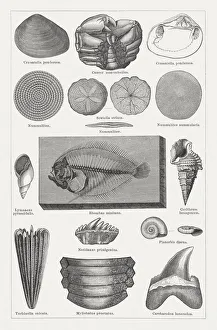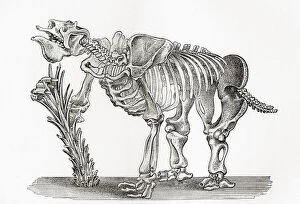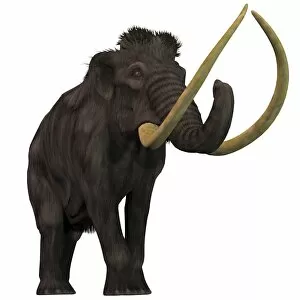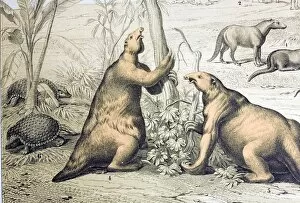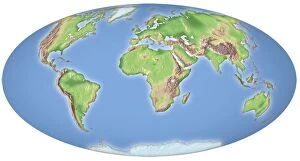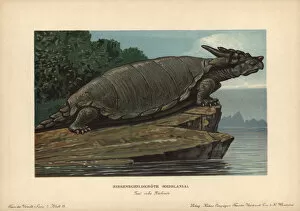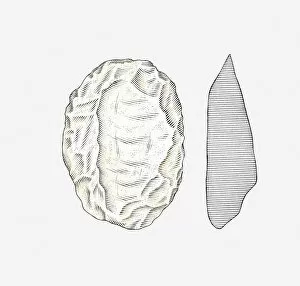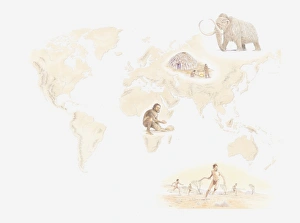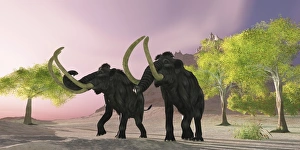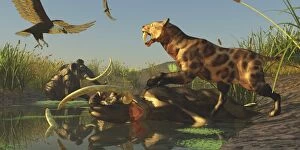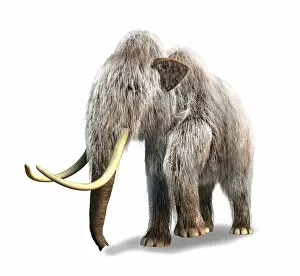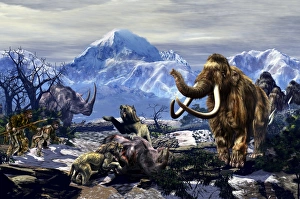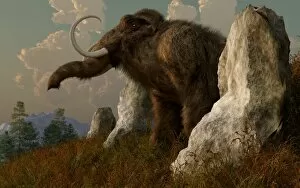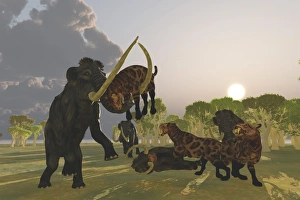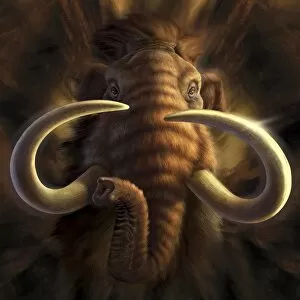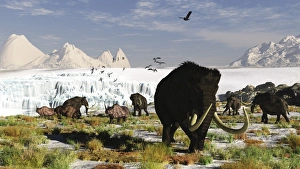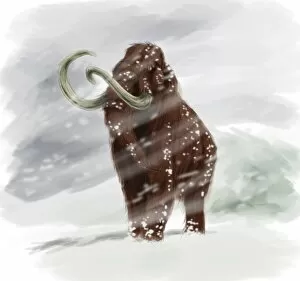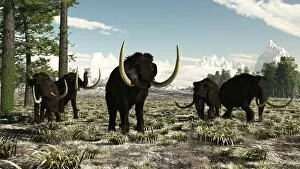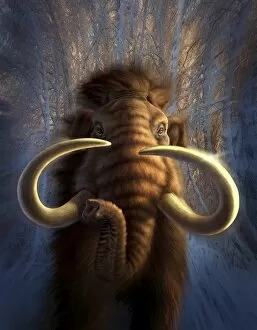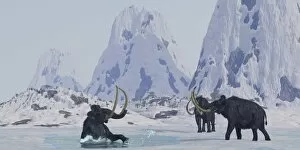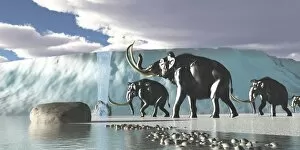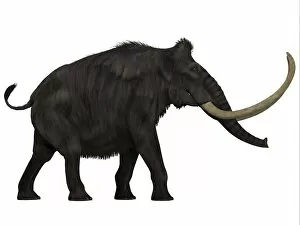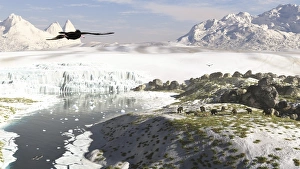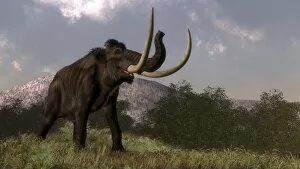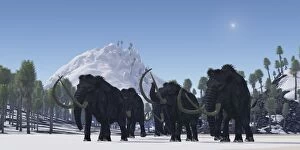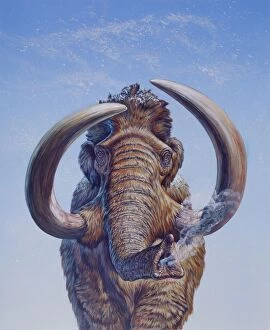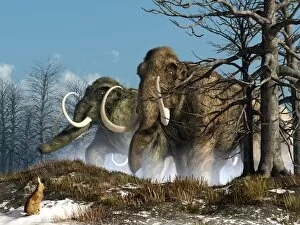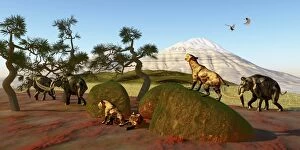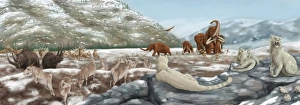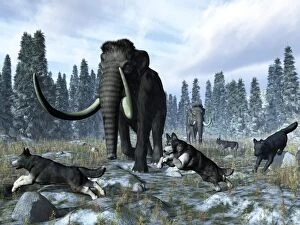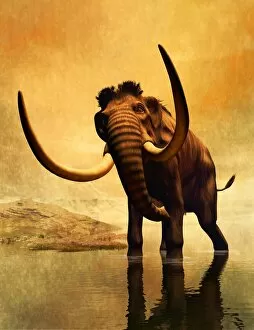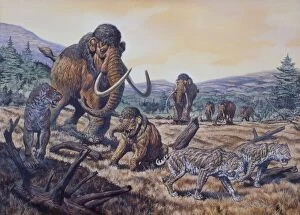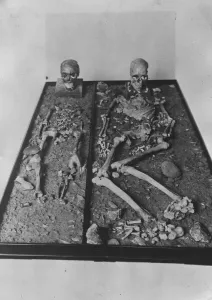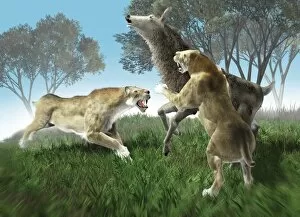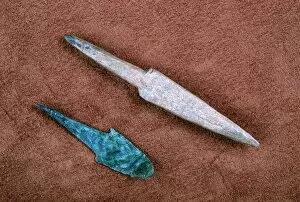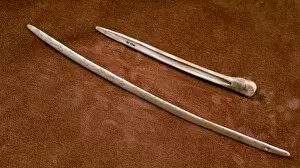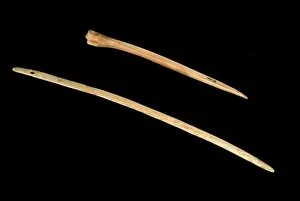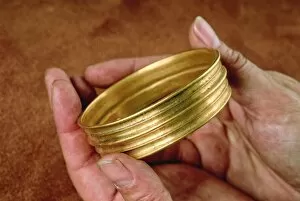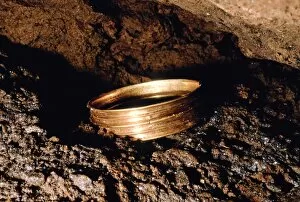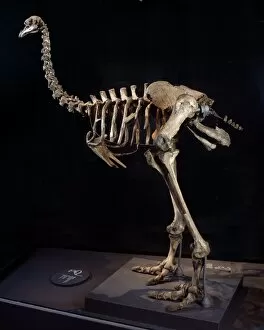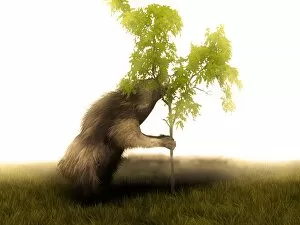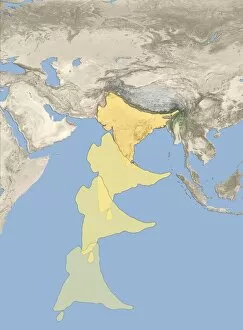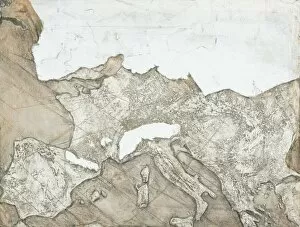Holocene Collection
"Holocene: A Journey Through Prehistoric Wonders and Ancient Marvels" Step into the fascinating world of Holocene
All Professionally Made to Order for Quick Shipping
"Holocene: A Journey Through Prehistoric Wonders and Ancient Marvels" Step into the fascinating world of Holocene, where ancient creatures roam and forgotten landscapes come to life. From the mighty Woolly Rhinoceros to the enigmatic Meiolania, this captivating era unveils secrets buried deep within Tertiary fossils. Intriguing wood engravings published in 1878 transport us back to a time when our planet's natural environment was vastly different. Witness the meticulous reconstruction of Quaternary prehistory, depicted in vivid color lithographs that ignite our imagination. Marvel at the skeleton of Megatharium, discovered in 1883 and showcased in "The World's Foundations or Geology for Beginners. " This colossal creature reminds us of Earth's ever-changing face throughout history. But what is Holocene without its iconic inhabitants? Behold the majestic Woolly Mammoth as it roams across vast landscapes, searching for better vegetation against a backdrop of continental drift during the modern era. These gentle giants share their home with fearsome predators like Saber Tooth Cats who relentlessly pursue their prey. It also sheds light on early human hunter-gatherers scattered across the globe. Explore illustrations showcasing Hoabinhian stone tools from Vietnam and witness distribution patterns from Mezherich in Ukraine to Lake Mungo settlement in Australia and Olduvai Gorge in Tanzania. These snapshots offer glimpses into humanity's humble beginnings. Immerse yourself further as two Woolly Mammoths traverse uncharted territories, driven by an insatiable hunger for greener pastures. Their journey symbolizes resilience amidst changing environments—a testament to survival against all odds. Finally, encounter a striking image capturing a solitary Woolly Mammoth against a pristine white background—an emblematic representation of this magnificent species that once thrived during Holocene's reign.

